Imagine being able to ‘see’ atomic motion as it takes place in a chemical reaction. That’s the promise of a new £124 million national electron microscope facility to be built in Cheshire, UK. The aim is to enable researchers to translate an understanding of physicochemical transitions into new materials and products to address some of society’s biggest challenges, from climate change to drug discovery.
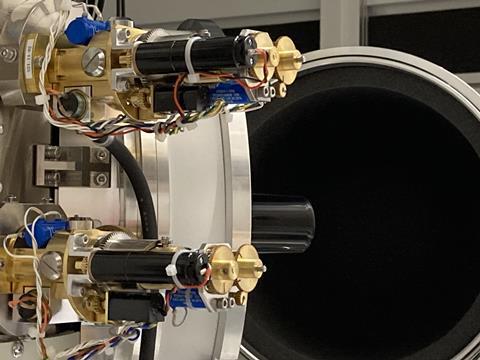
The funding body UK Research and Innovation says that the facility, known as Ruedi (relativistic ultra-fast electron diffraction and imaging), will be ‘the most powerful high energy electron microscope in the world’. It will have two beamlines, one to provide ultrafast resolution snapshots (of quadrillionths of a second), and a high voltage imaging line to reveal chemical dynamics as they happen.
Nigel Browning, a materials scientist based at the University of Liverpool explains that this unique combination of spatial and temporal resolution will offer insights allowing scientists to develop new materials, for example, to withstand earthquakes or produce longer lasting batteries or catalysts. Browning, an electron microscopy specialist, who will direct the building and testing of Ruedi, explains: ‘You can make the chemical compounds in the gas phase, and you can look at the[ir] dynamics. Then you want to see how the dynamics change when you get to the liquid and the solid phase because that’s when you start to make a device out of them.’ He notes that insights gained at the facility will support materials applications across the research themes of quantum, biology, energy and how materials perform under extreme conditions.
‘Ultimately all these challenges relate to complex chemical systems … interconnected reactions from which products emerge,’ says University of Leeds researcher Sven Schroeder, who will lead the chemical dynamics work at Ruedi. He gives the crystallisation of an organic compound from its solution as an example of highly selective structure control that has applications from medicine to agrochemicals.
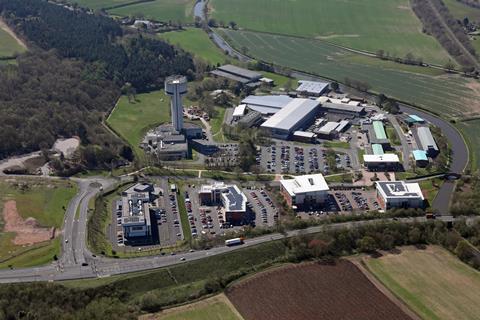
‘What steers the organic molecules to reproducibly form the same crystal structure every time?’ he asks. ‘If we knew, we could design interventions, for example, combined use of pH, chemical additives, different solvents, different temperatures and pressures, to target new crystal structures with different physical properties.’ Applications would be in the development of new medicine formulations with tailor-made release profiles, explains Schroeder. ‘Longer term, could we design formulations that mimic cell behaviour – for example can we formulate a cancer drug in the form of an artificial cell that recognises when it encounters, say, cancer tissue and then releases the drug payload?’
The high voltages Ruedi will use will allow scientists to image ‘thicker’ samples, such as a biological cell, as opposed to individual structures or proteins. This could hasten drug development, suggests Browning, because researchers will be able to see drug impacts on the whole cell, including unintended consequences.
BIG news...we're leading a £125M @UKRI_News national research facility, @RUEDI_UK, to drive breakthroughs in UK science 🔬
— University of Liverpool (@LivUni) March 27, 2024
RUEDI will position the UK as a leader in ultrafast electron microscopy & is in partnership with @STFC_Matters @RosFrankInst.
➡️ https://t.co/z2Q7jjECk8 pic.twitter.com/xhuZFCI9fN
In electrochemistry, Ruedi offers the potential to develop new and improved energy storage systems. Browning explains this is because researchers will be able to examine the individual mechanisms taking place as ions in a battery pass from solution to the electrode in each charging cycle, and that limit and degrade battery performance.
Ruedi will be the first UK national facility built since the AI revolution, and the project team plan to build the technology into every part of the process from identifying potential users and training them, through to image interpretation.
With the project already six years in the making, it will take another seven to build a fully functioning facility, which will be based at the Daresbury Laboratory in Cheshire. All the technology exists, says Browning, but has never been integrated to create the combination of spatial and temporal resolution Ruedi will provide. State of the art components will have to be constructed, commissioned and tested. ‘We’ve started developing the process and looking for people with ideas for experiments that we could run through the commissioning and testing phase,’ adds Browning. Because Ruedi will be expensive to use, a digital twin will be built alongside to aid the design of experiments to give researchers confidence that they will get a result.
Ruedi is part of a £388 million UKRI infrastructure investment that will also provide £49 million for cutting edge instrumentation for high throughput and high precision mass spectrometry. The hub and spoke model will enable researchers to share equipment, data and expertise to gain new insights into molecular structures and functions of new materials for quantum technologies, semiconductors, batteries, catalysts and medicines.


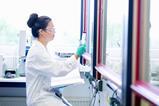

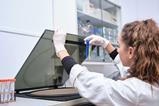
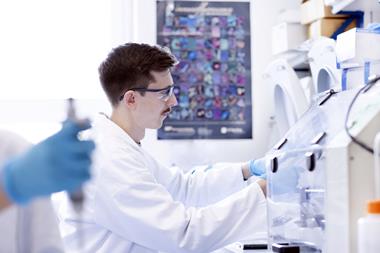
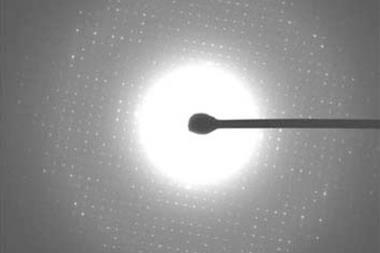


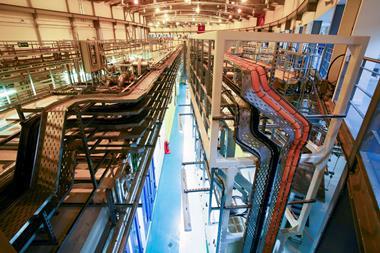







No comments yet